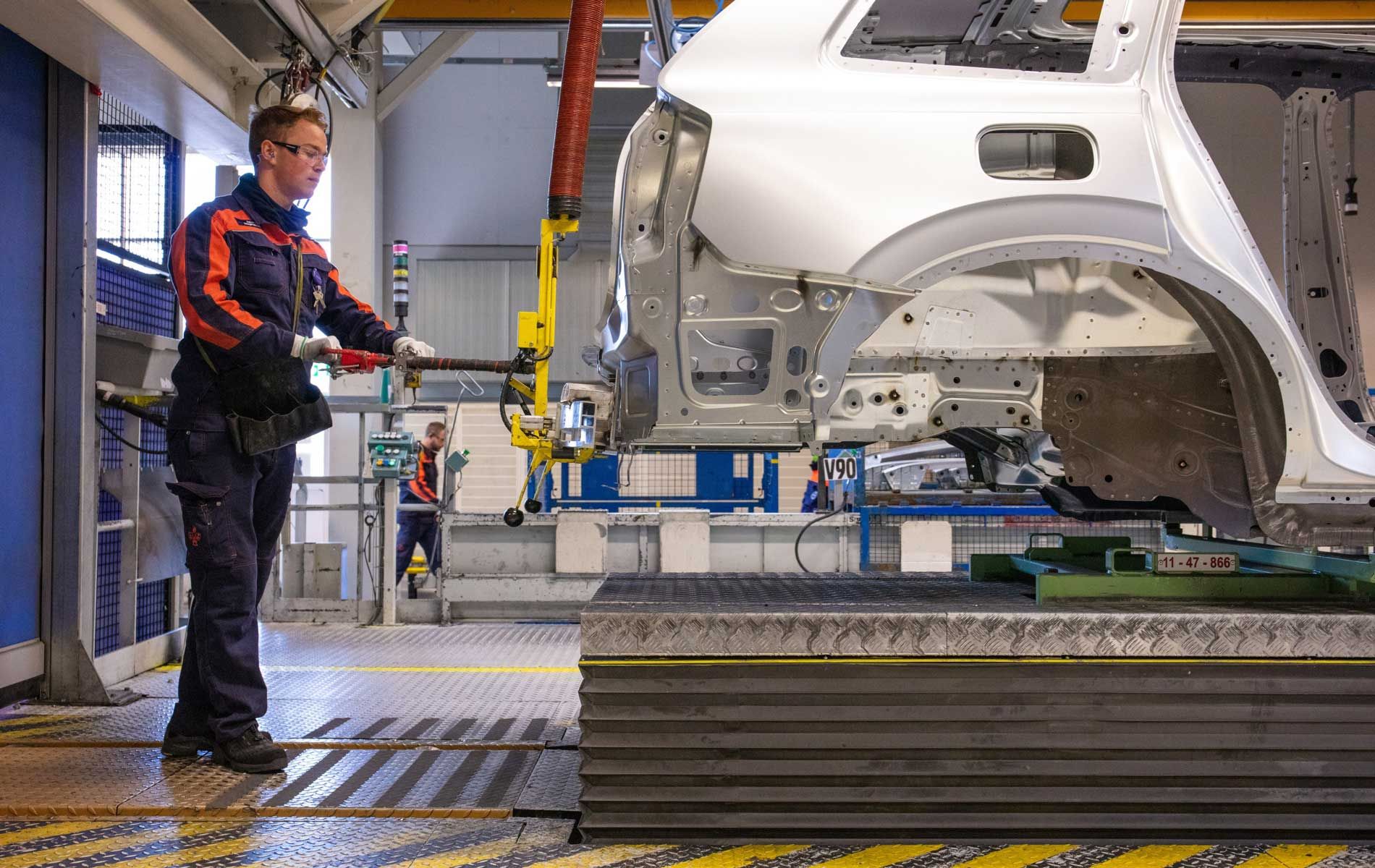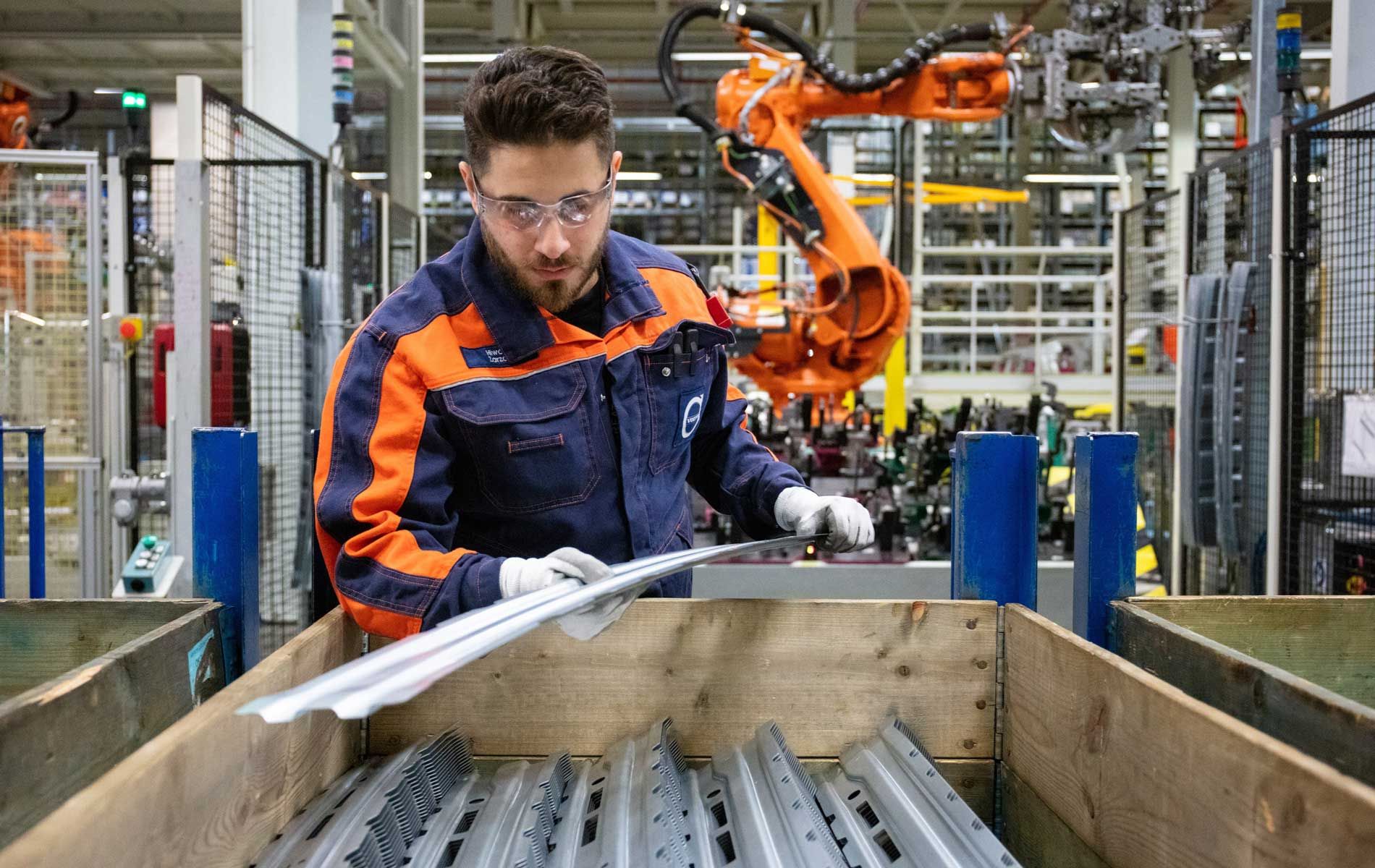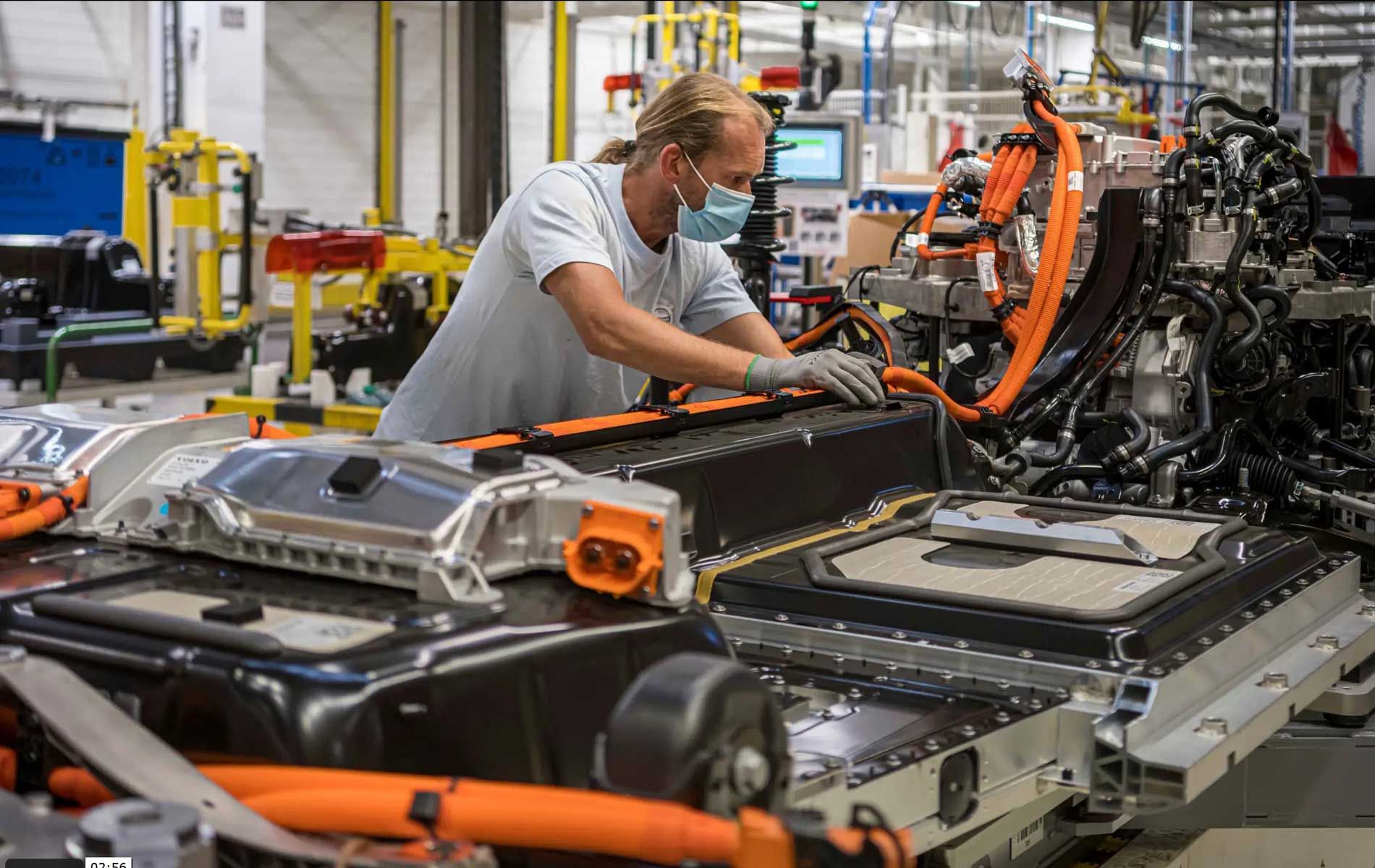Automakers such as Volvo are embracing circular business practices to reuse precious materials and eliminate waste
The modern industrial economy of today is built on the back of a linear economy, where raw materials are collected, transformed into a product and then disposed of as waste. Given the fact that the Earth has finite resources, this practice has had a negative impact on the environment, as humans extract raw materials and use energy and water faster than the planet can replenish them. It has encouraged a culture of consumption that is unsustainable.
In contrast, a circular economy prioritises material recovery at the end of a product's lifecycle, channeling resources back into the production process while eliminating waste. According to the Circularity Gap Report 2021, the world economy is only 8.6 percent circular, and the transition from a linear to a circular economy requires everyone's participation.
The Ellen MacArthur Foundation reports that businesses that adopt circular practices would stand to benefit from more efficient supply chains and a lower cost of production. A circular economy also encourages innovation in the form of more technological development and better quality materials.
The World Economic Forum estimates that mass adoption of the circular economy would lead to an increase in Gross Domestic Product (GDP)—the monetary value of all finished goods and services made within a country during a specific period—with a reported US$4.5 trillion in economic benefits by 2030.
See also: The EV Effect: How Electric Mobility Can Save The Environment

Today, the circular economy is gaining traction with governments and corporations. Volvo, for instance, has announced plans to become a circular business by 2040. The company's goals include reducing its carbon emissions by 2.5 million tonnes by the year 2025 and using circular business practices to achieve annual savings of about US$116 million.
The Swedish automaker intends to create closed loops for emission-heavy materials such as steel and aluminium, as well as remanufacture, repair, reuse and refurbish parts. This is a massive undertaking that has seen the company rethink everything it does.
Part of the approach is making sure every component within its cars is designed, developed and manufactured to be used and reused, either by the company itself or its suppliers. It will focus on retaining the value created in materials and components for as long as possible during their lifecycle, so as to optimise the use of materials, components and cars while eliminating waste in the process.
Volvo has already begun remanufacturing parts, such as gearboxes and engines, to make better use of materials and reduce emissions. In 2020, it remanufactured 40,000 parts, which reduced its CO2 emissions by nearly 3,000 tonnes. By 2025, the company wants to more than double its remanufacturing business.
In order for valuable material to be kept in circulation, Volvo also recycled 95 percent of its production waste last year. This included 176,000 tonnes of steel, which prevented it from generating nearly 640,000 tonnes of CO2.
See also: Environmental Activist Renard Siew On The Urgency Of Climate Action


